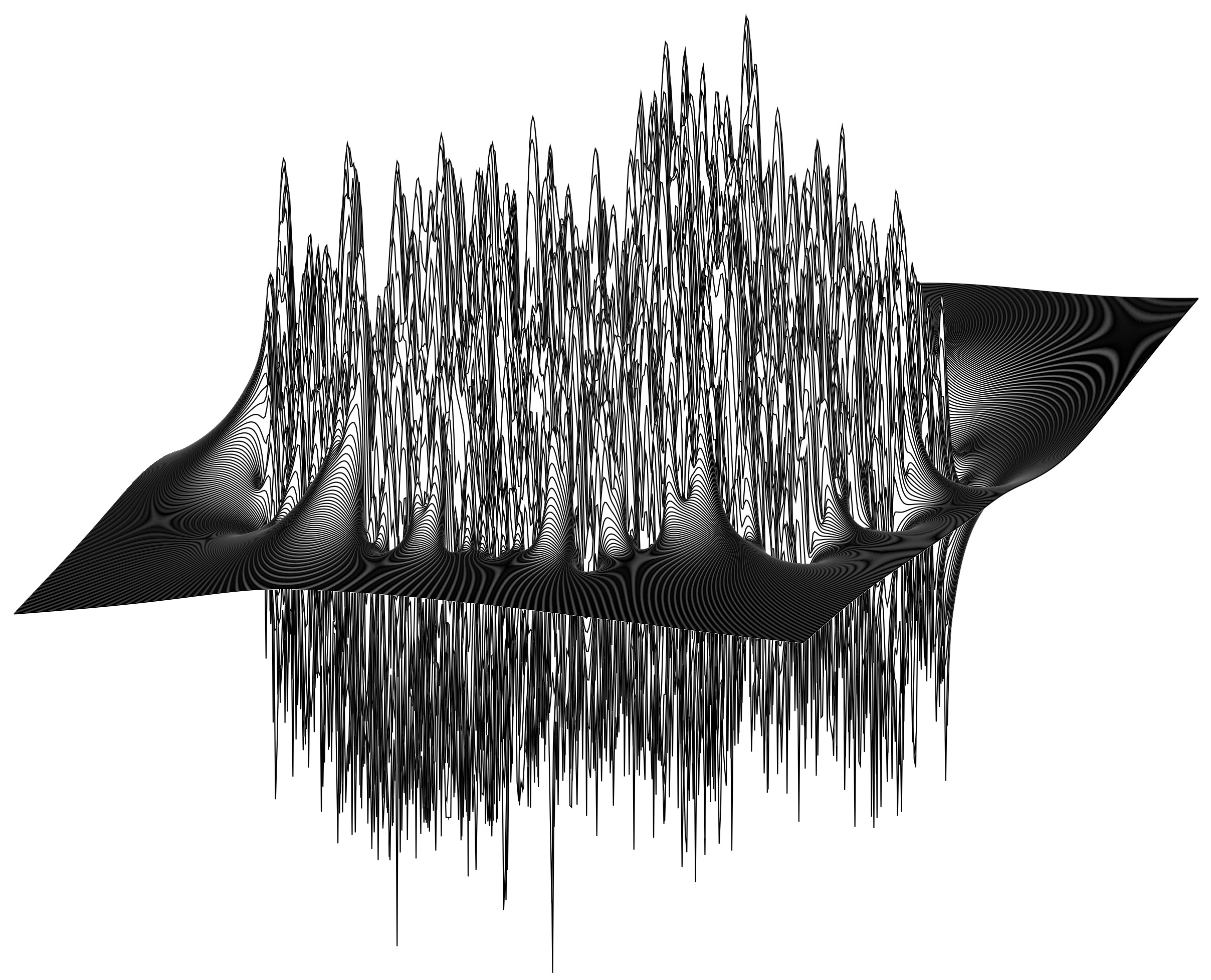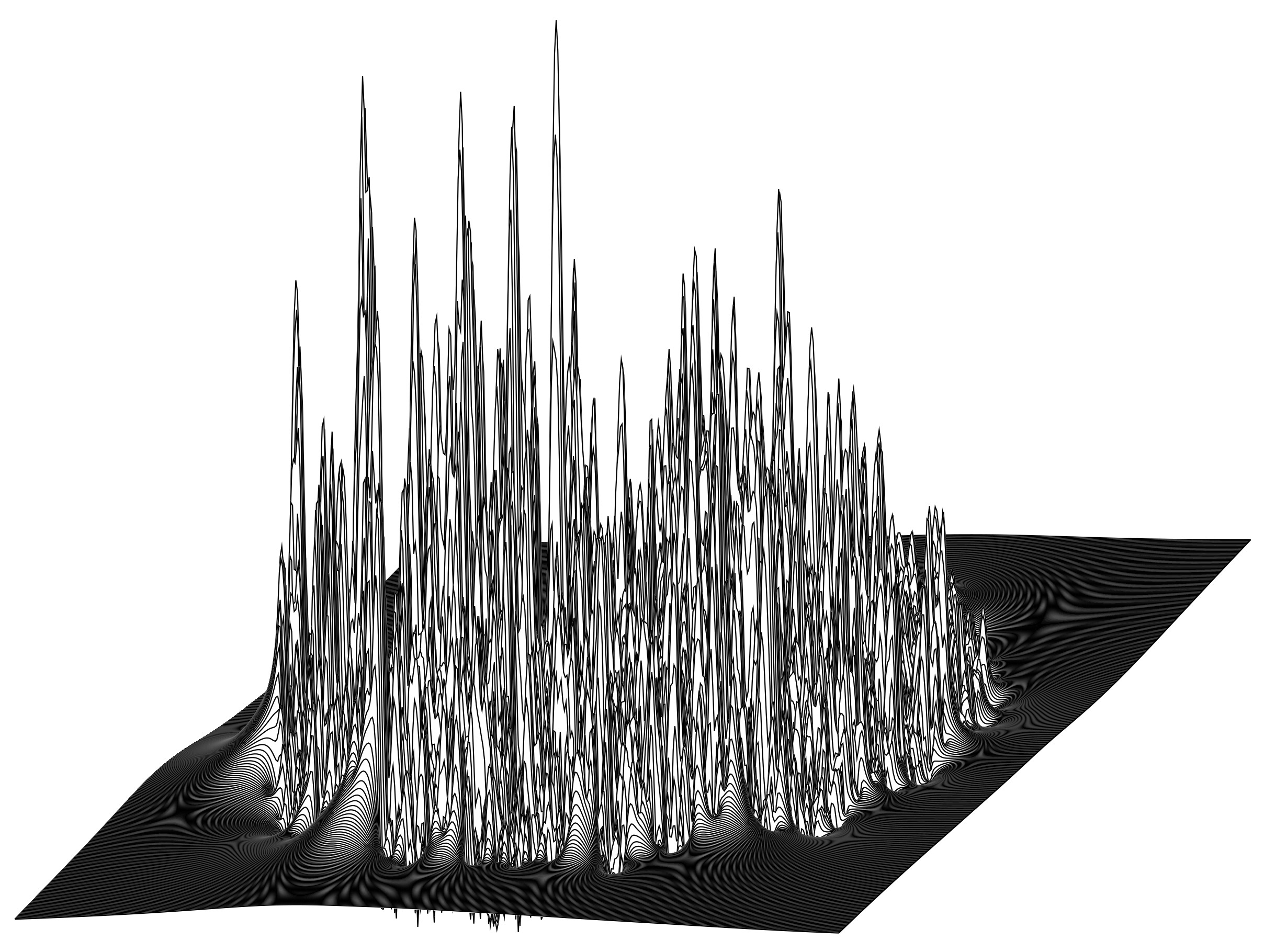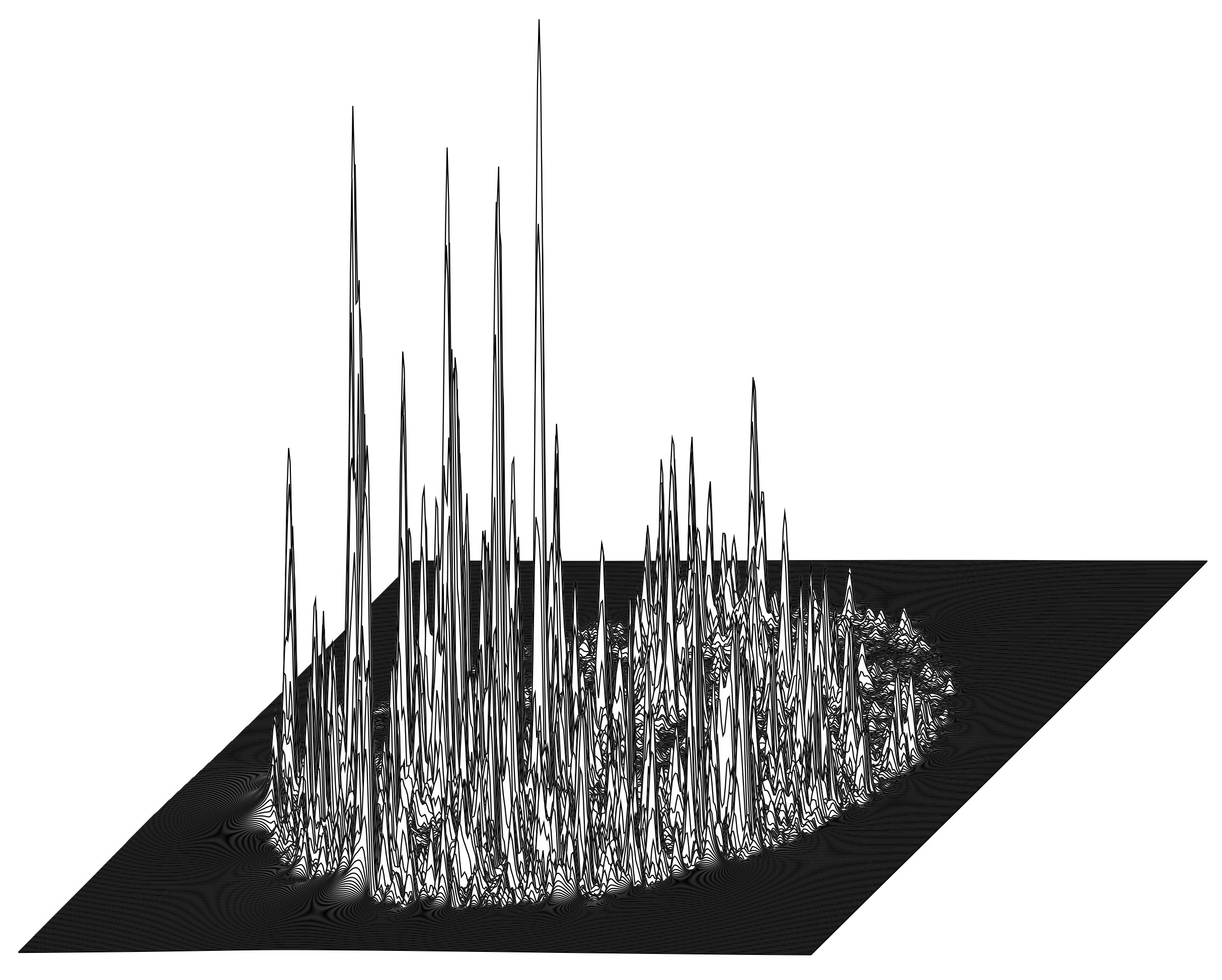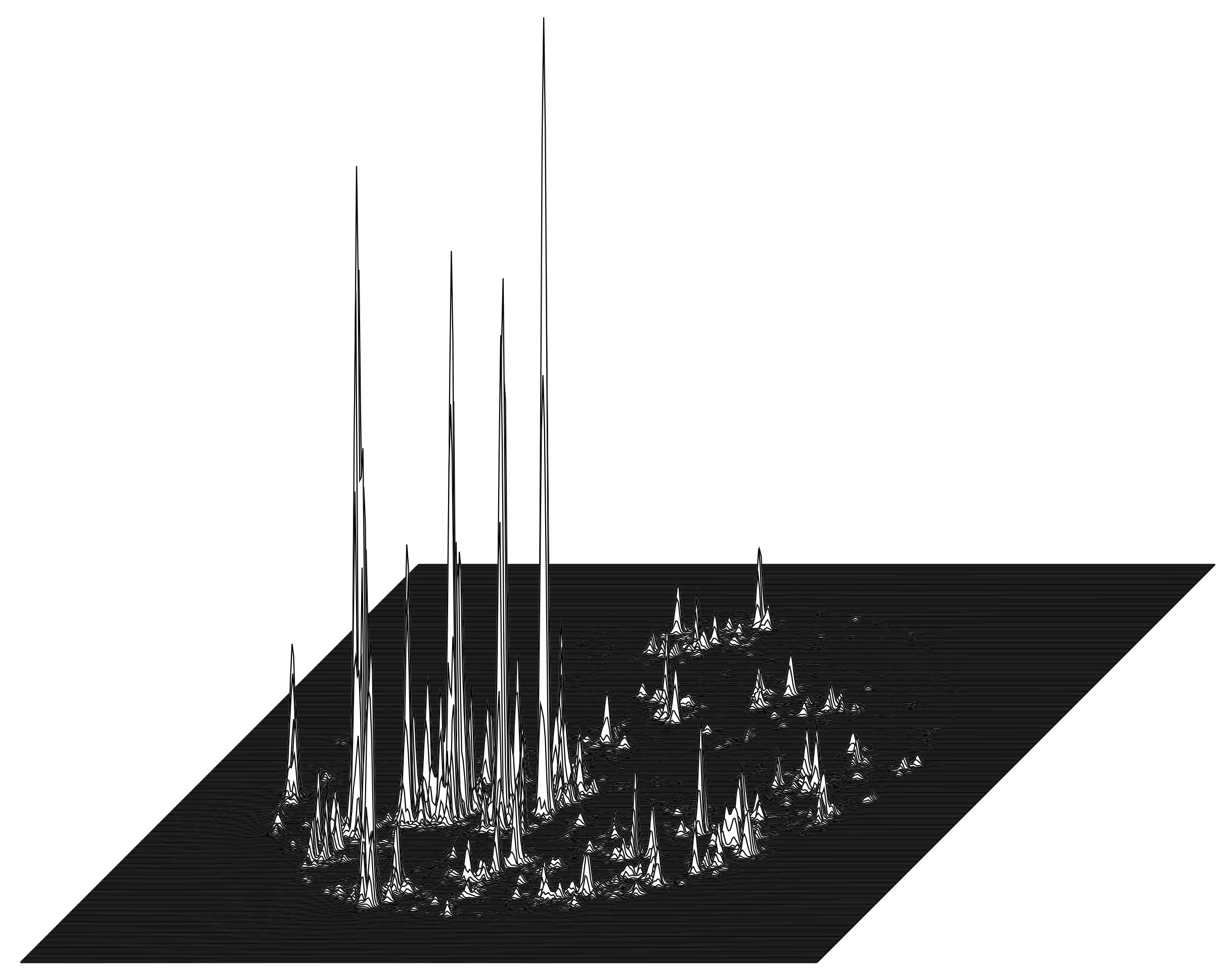Gaussian multiplicative chaos
The Gaussian multiplicative chaos (CMC) is a random measure obtained by exponentiating a log-correlated field (and renormalizing appropriately).
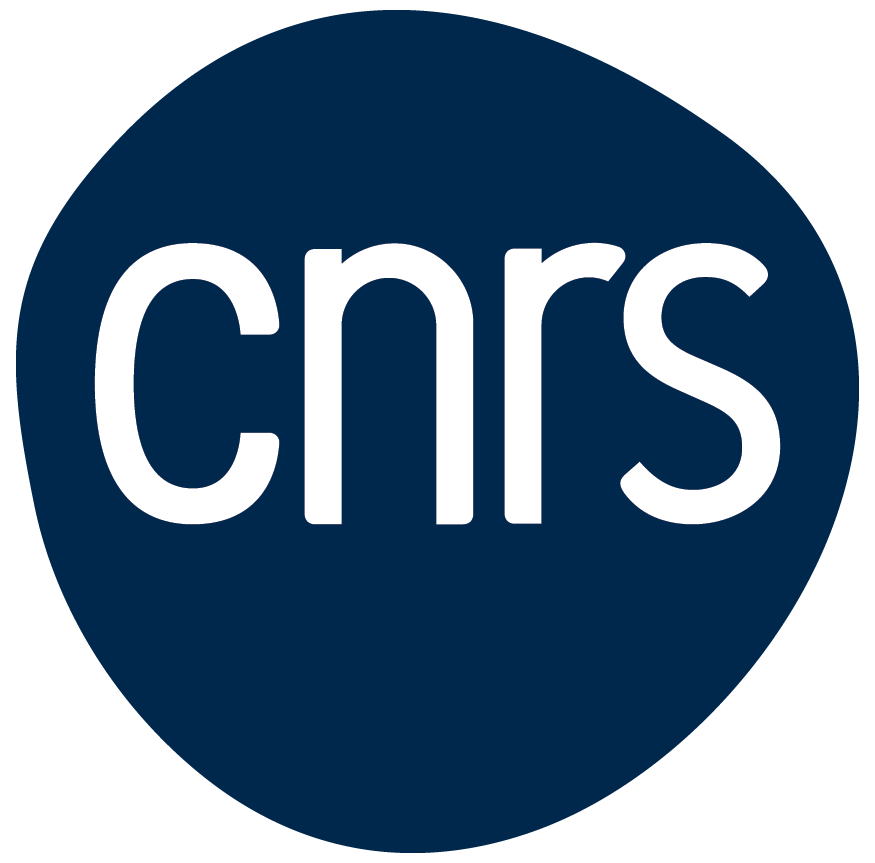


The Gaussian multiplicative chaos (CMC) is a random measure obtained by exponentiating a log-correlated field (and renormalizing appropriately).
We consider the discrete Gaussian free field \(X_N\) defined on a grid approximation of the square \([0,1]^2\), with mesh size \(1/N\). It is a Gaussian log-correlated field. The random measure \(e^{\gamma X_N(z)} \mathrm{d}z\) for \(\gamma > 0\) converges, after renormalization, to the Gaussian multiplicative chaos on square.
The first picture below represents the field \(X_N\) with \(N=255\) (it is a very irregular field so the picture is pretty ugly). The other pictures represent \(e^{\gamma X_N}\) for \(\gamma = 0.7, 1.15, 1.6\) respectively.
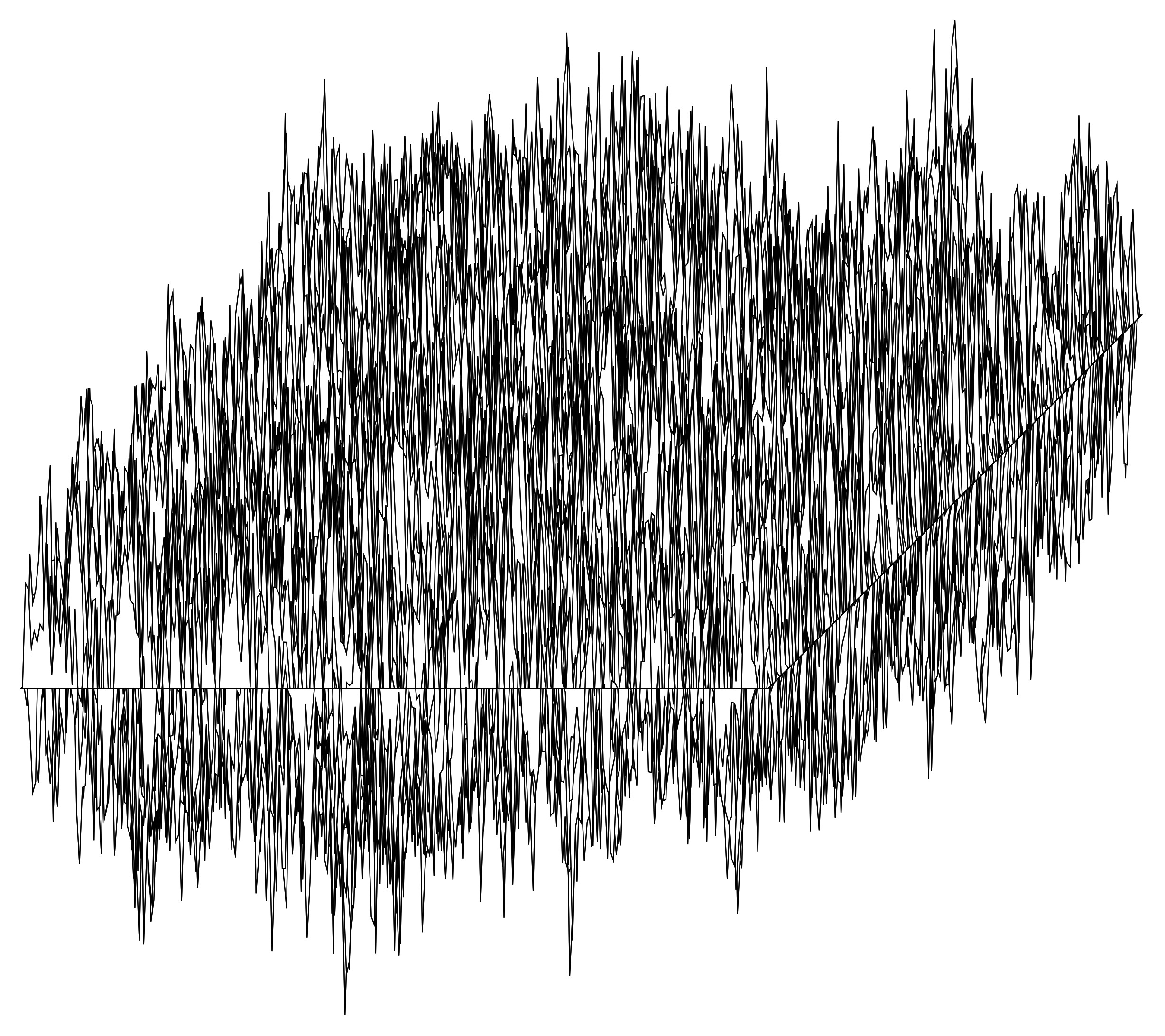
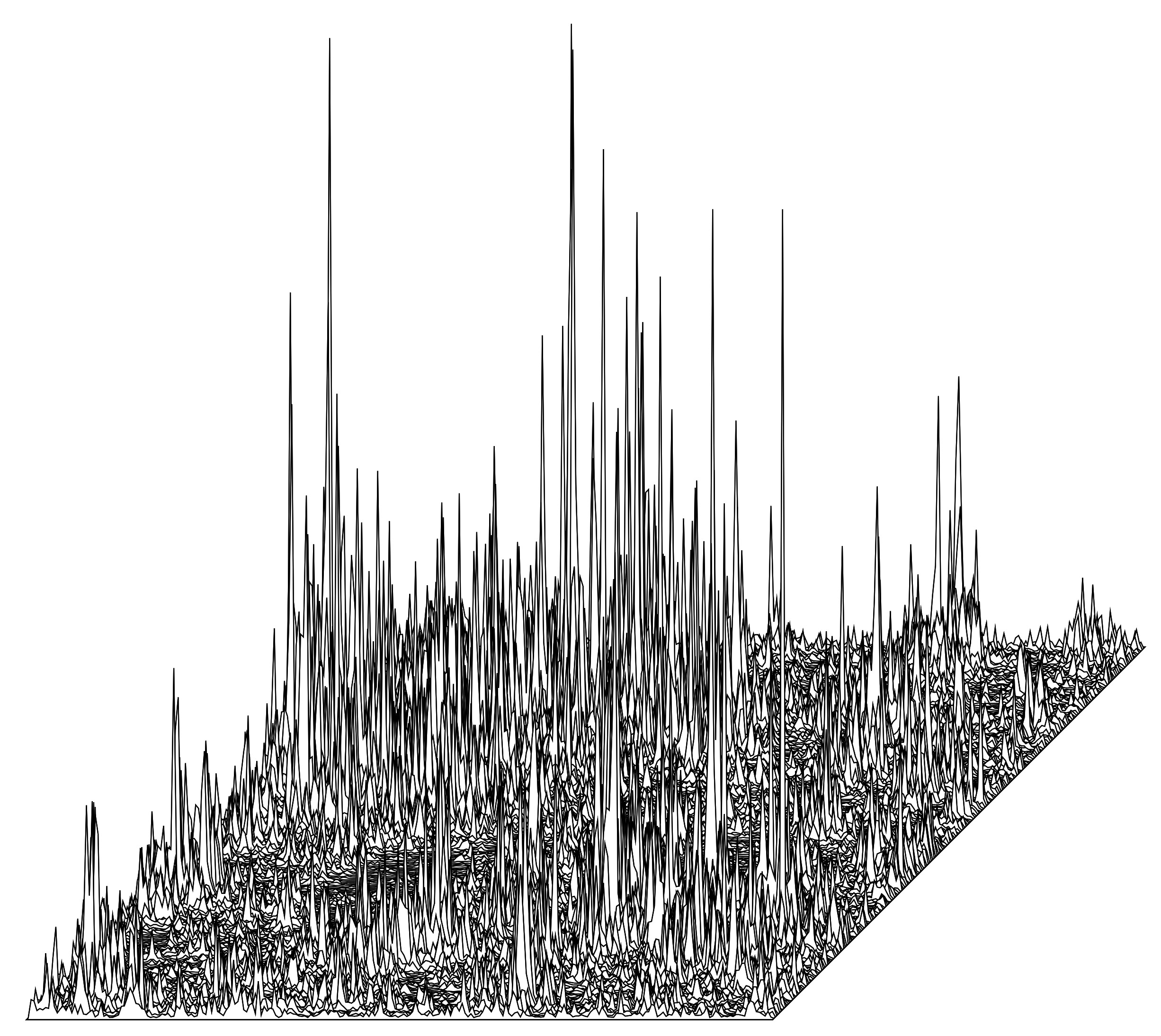
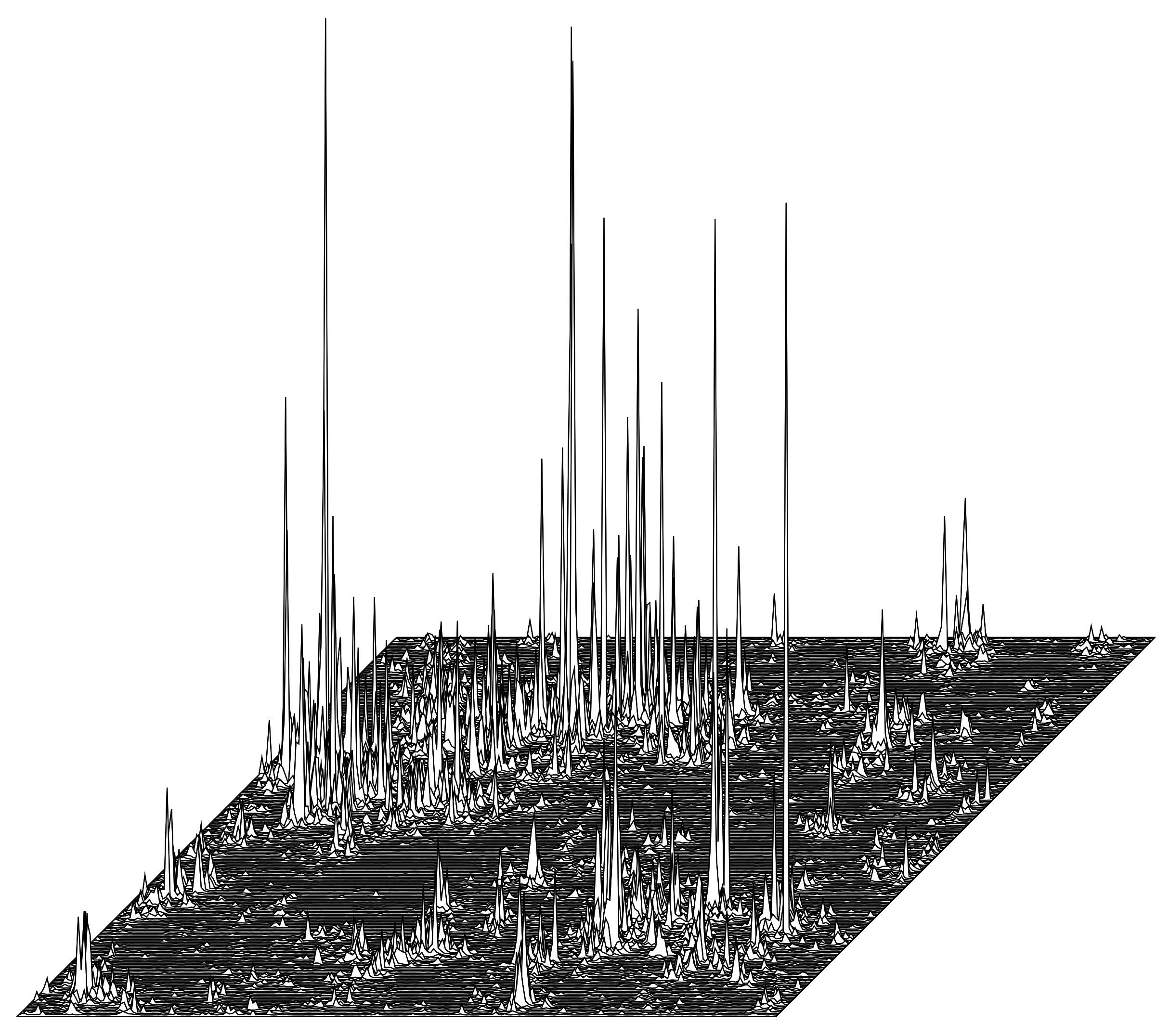
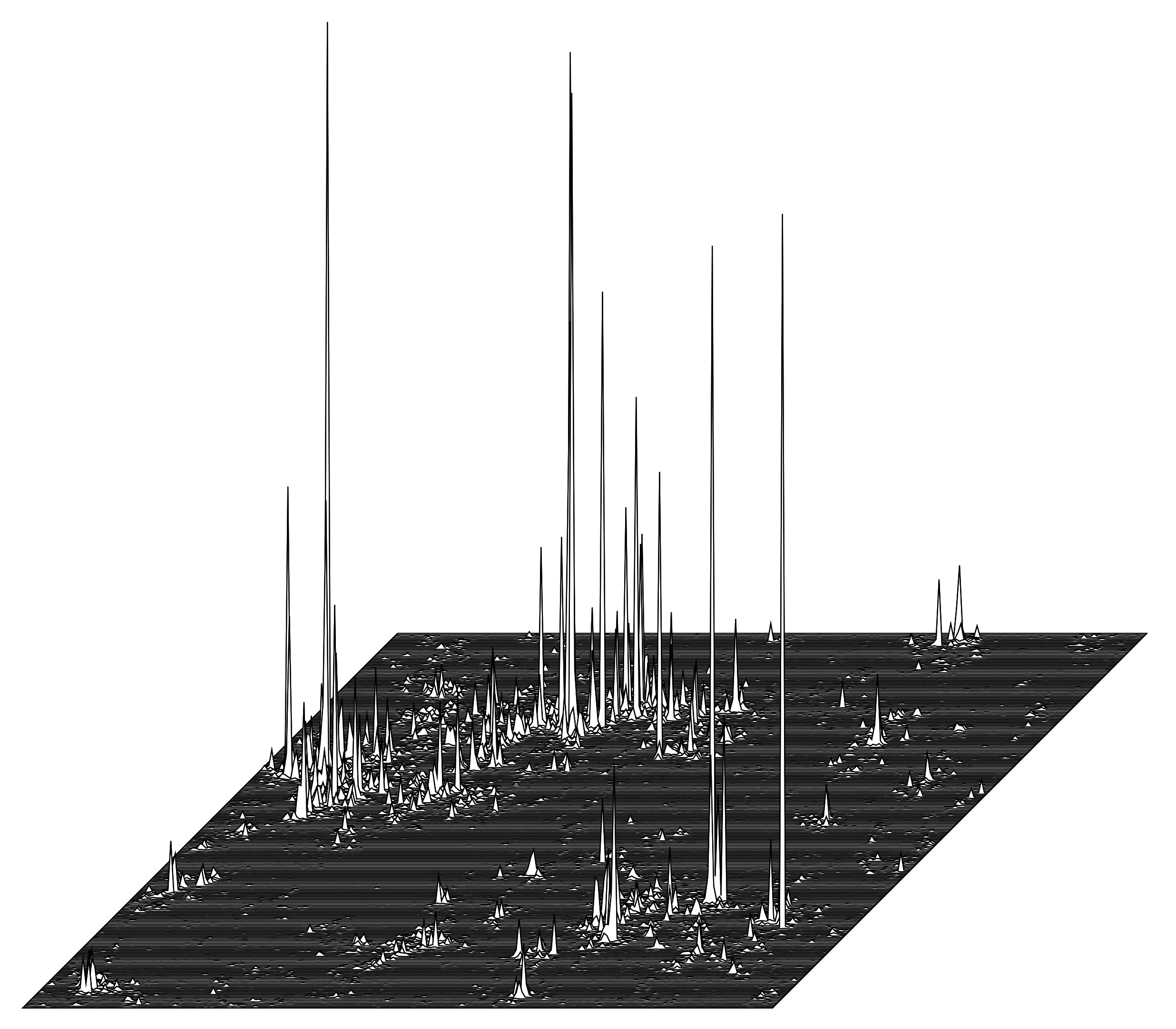
A Ginibre matrix is a \(N\times N\) matrix with i.i.d. complex Gaussian entries. The modulus of the logarithm of the characteristic polynomial of this matrix, centered by its expectation, defines a random field \(X_N = (X_N(z))_{z\in\mathbb{C}}\). This field \(X_N\) behaves asymptotically as a Gaussian log-correlated field on the unit disk (which is the asymptotic support of the spectrum). The random measure \(e^{\gamma X_N(z)} \mathrm{d}z\) for \(\gamma > 0\) converges, after renormalization, to the Gaussian multiplicative chaos on the unit disk.
Below, for each value of \(N\), there are 4 pictures: first the graph of \(X_N\) and then the graph of \(e^{\gamma X_N}\) for \(\gamma = \frac{1}{2}, 1, 2\) respectively.
\(N=100\)
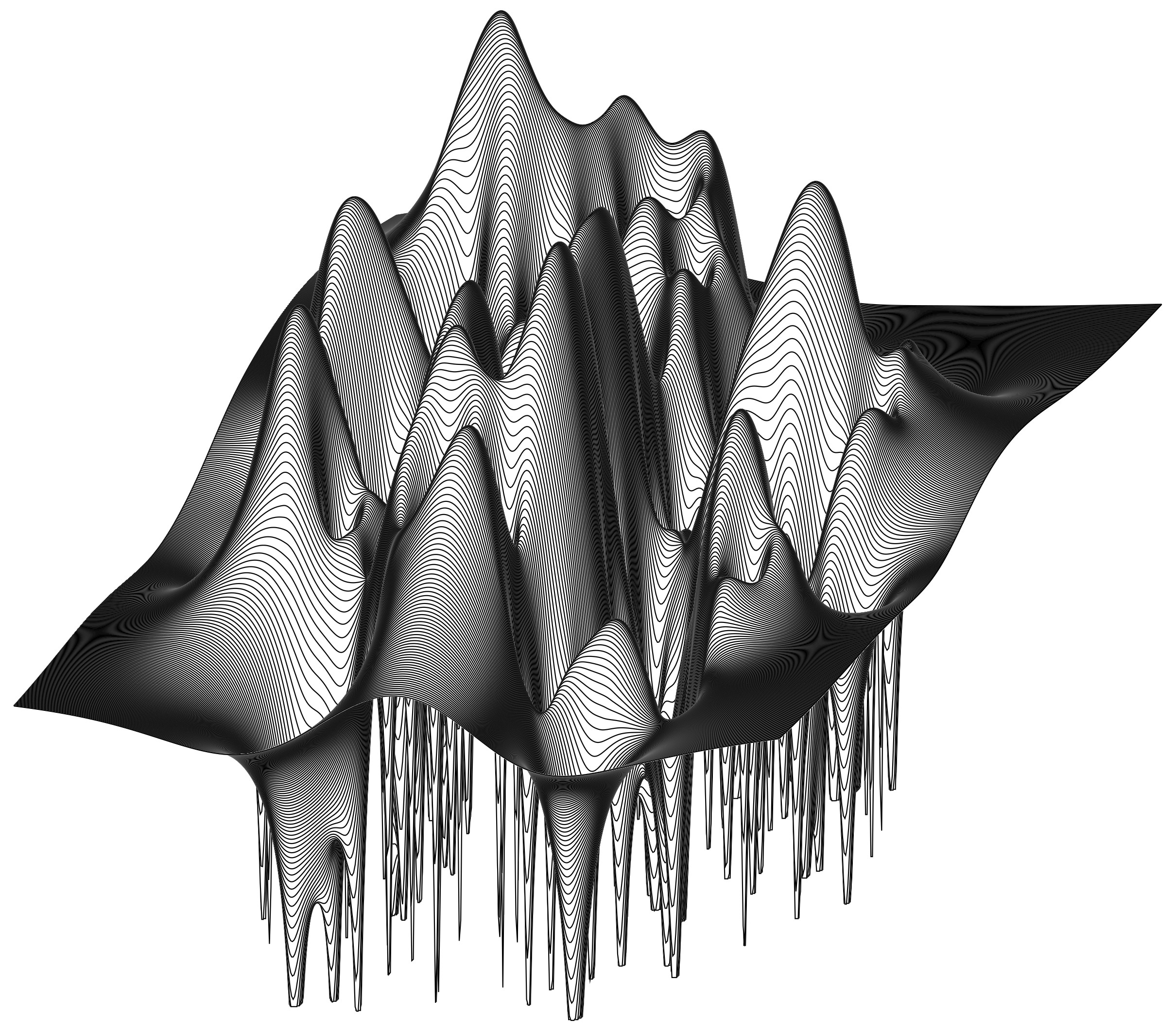
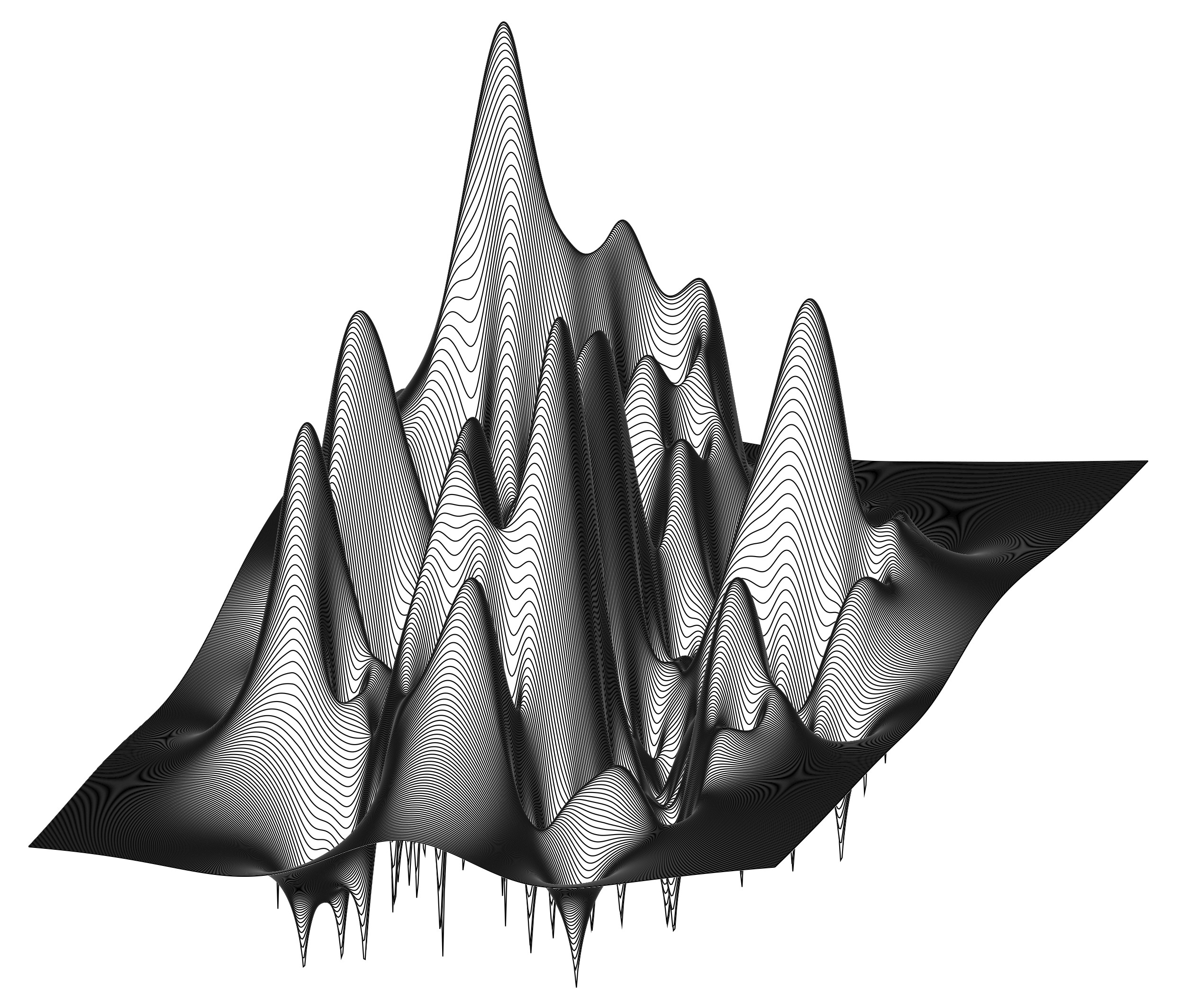
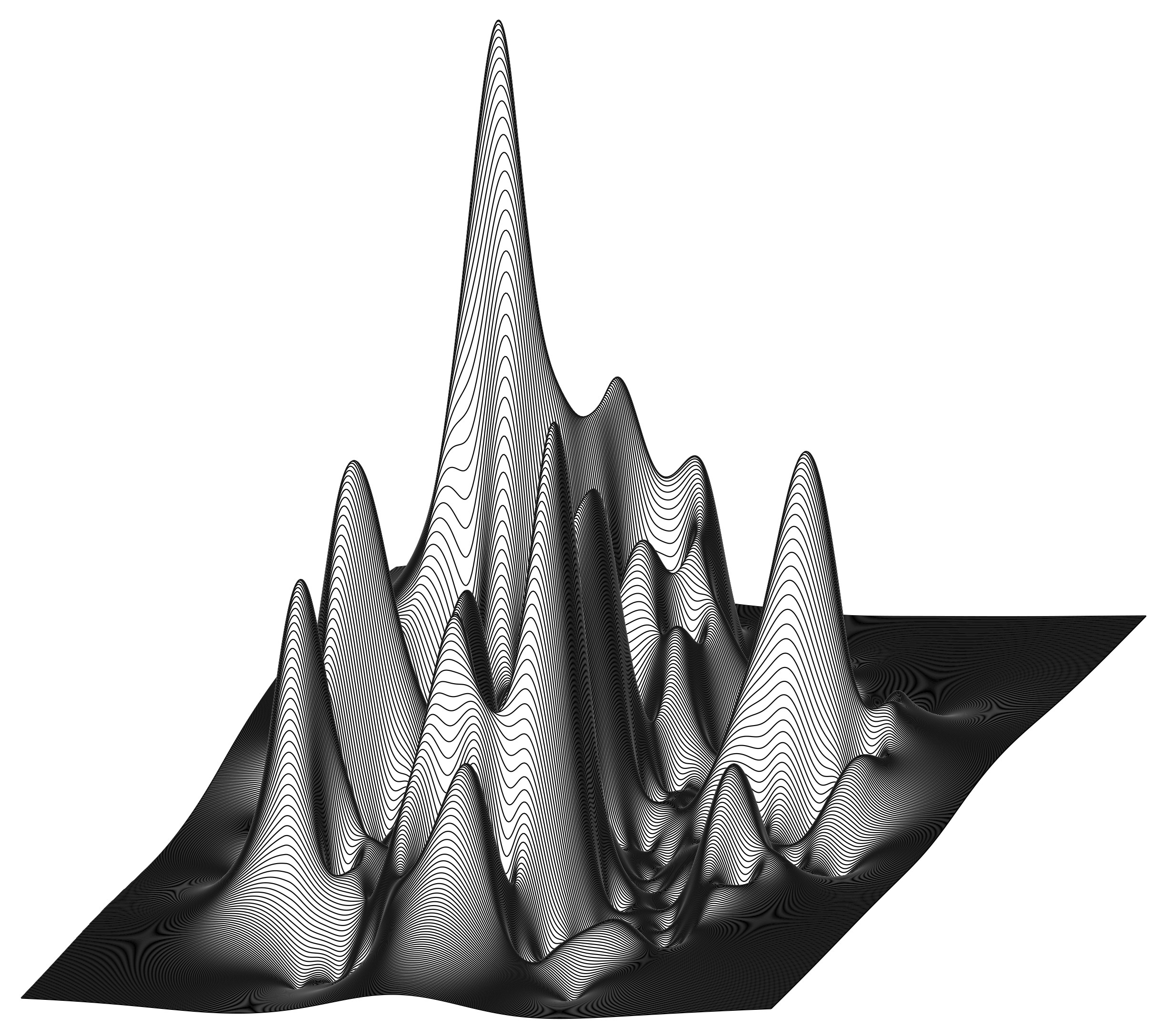
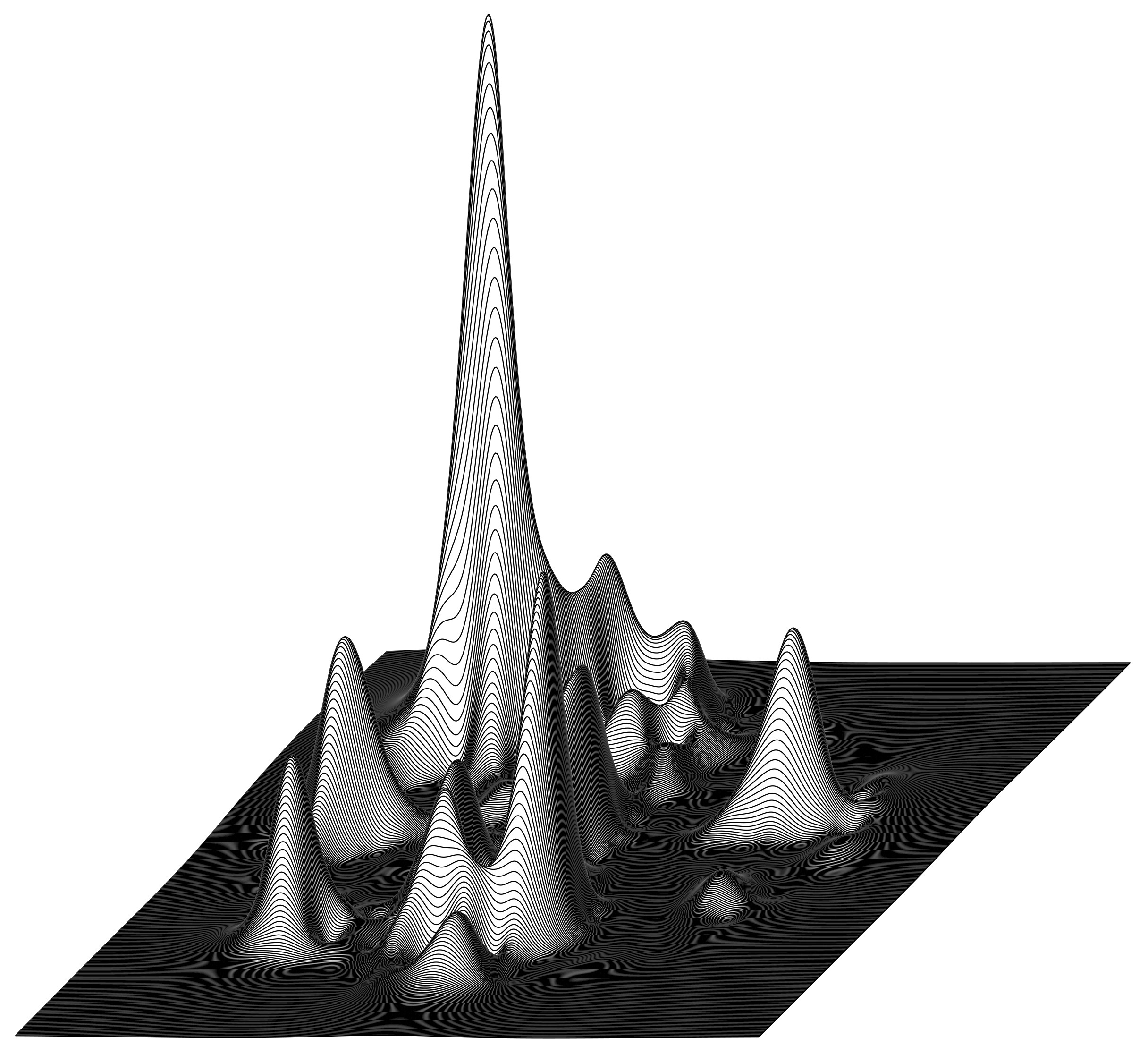
\(N=1000\)
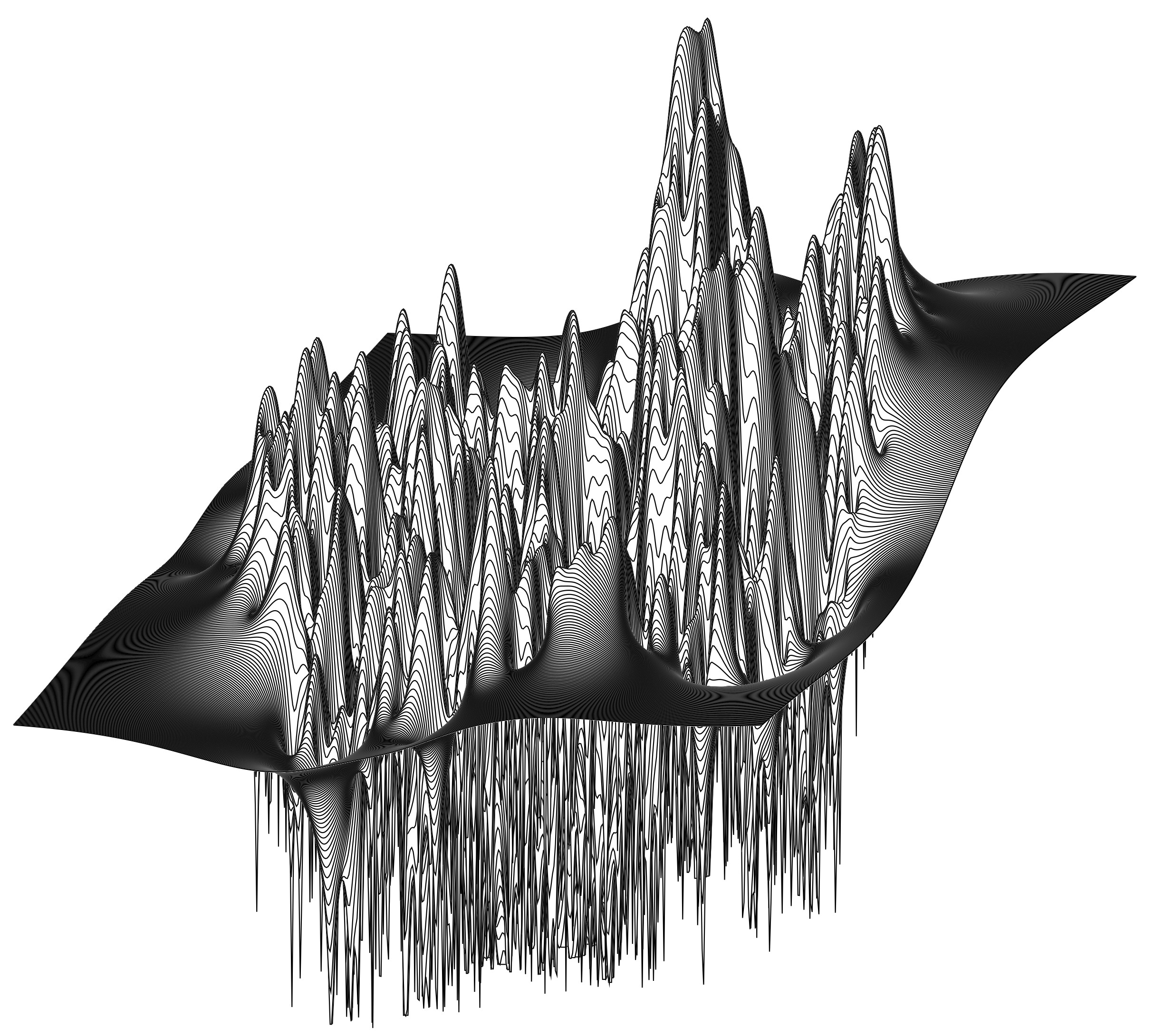
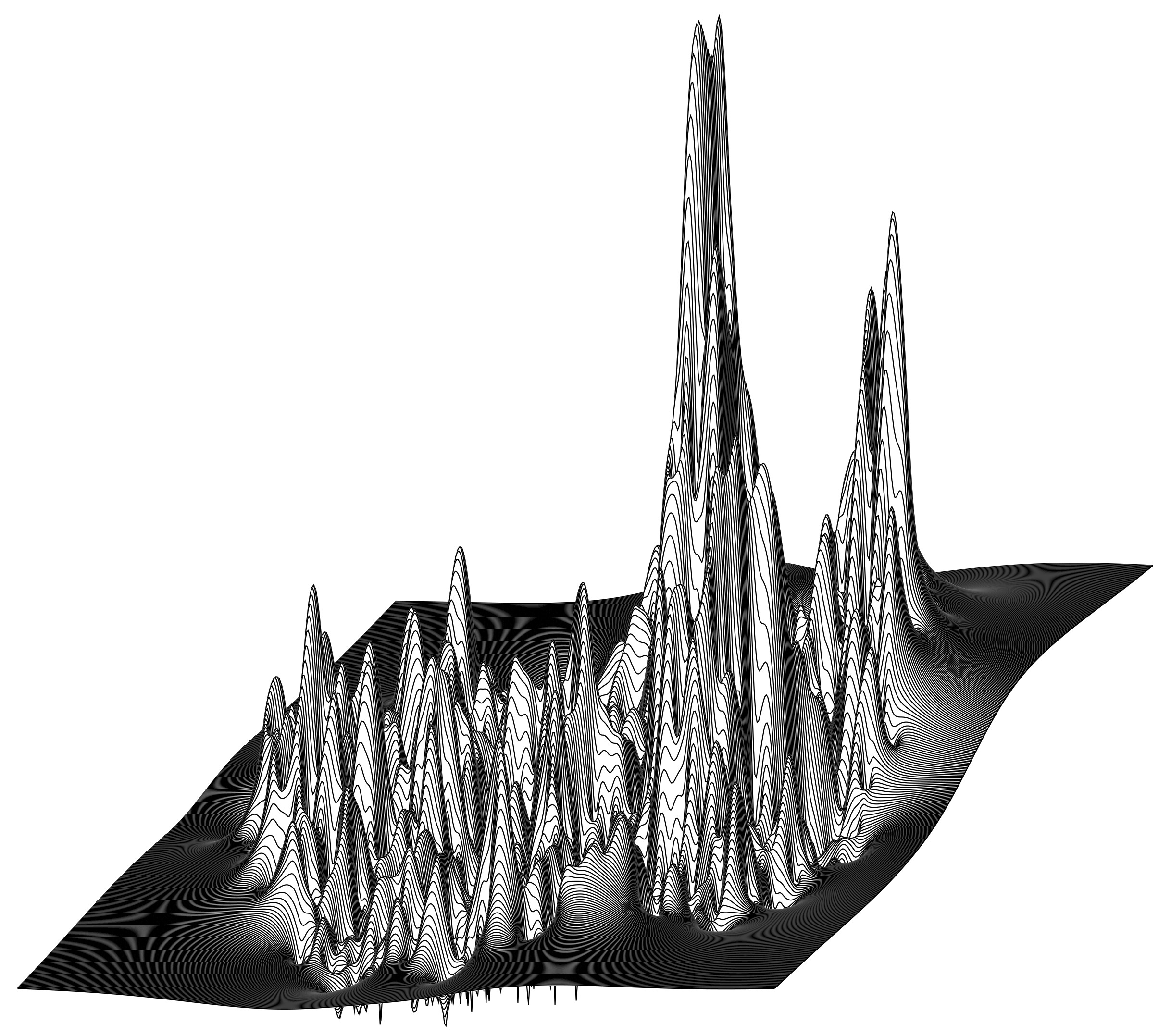
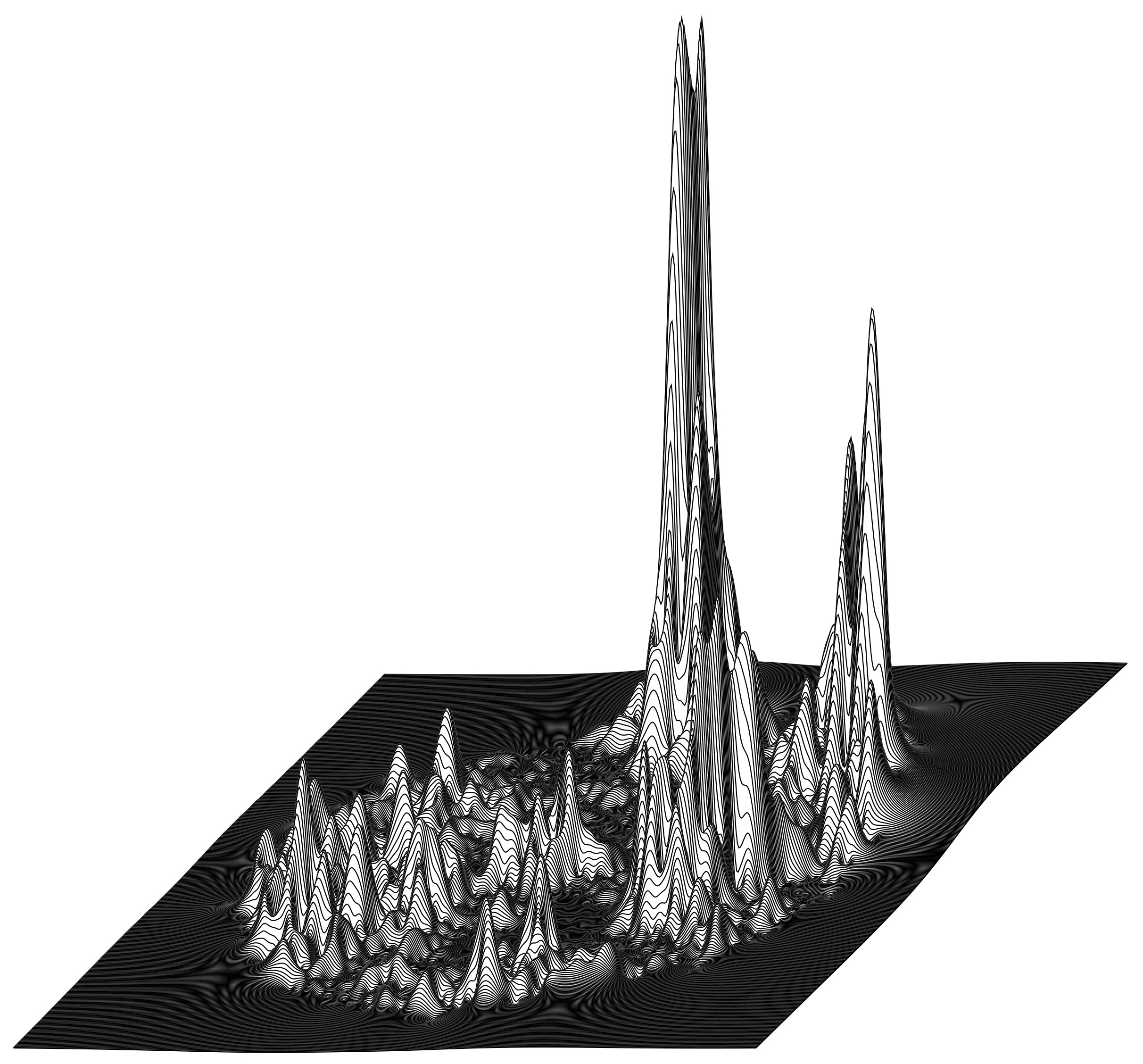
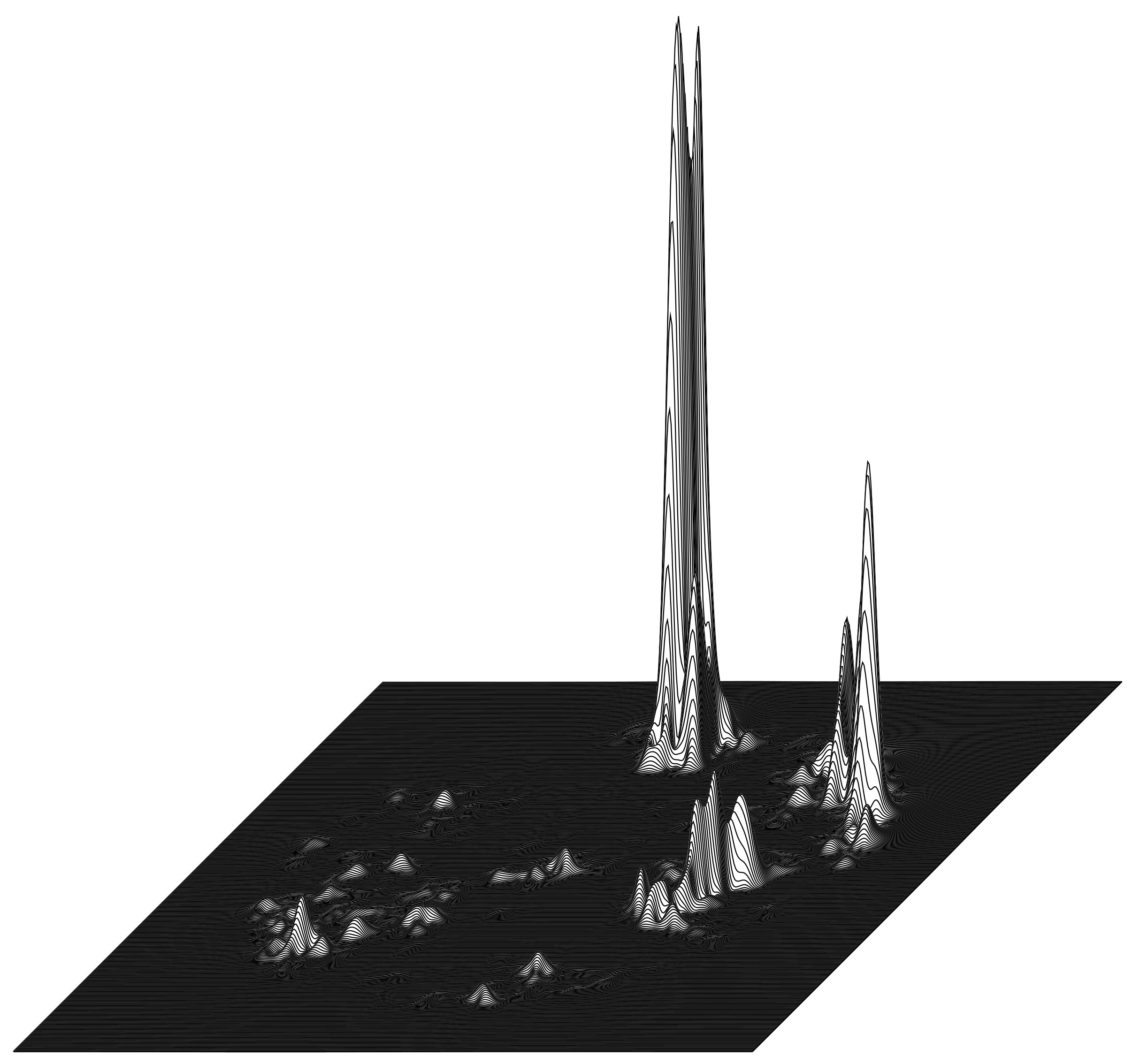
\(N=10000\)
